People
New Venture Promoting Art from Bahrain Launches in London
Director Kaneka Subberwal on what art from the Gulf kingdom has to offer.
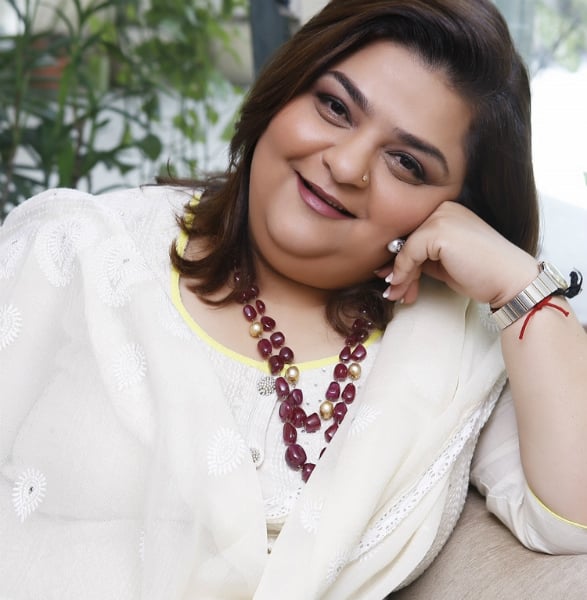
Director Kaneka Subberwal on what art from the Gulf kingdom has to offer.

Lizzie Lloyd

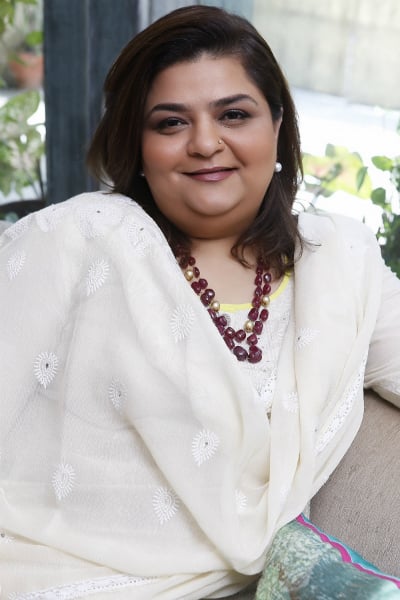
Kaneka Subberwal. Courtesy BAAB
A new initiative to bring international exposure to contemporary art from Bahrain was launched Wednesday evening with an opening event at London’s Victoria & Albert museum. Bahrain Art Across Borders (BAAB) showcases 17 established and emerging Bahraini artists, many of them for the first time. Following its initial presentation, the show will travel across the city to Gallery 8 from May 27 to June 4.
Steered by Art Select, an art consultancy and investment firm based in Bahrain, with the financial backing of Tamkeen, a semi-government organization tasked with stimulating economic growth in the private sector of the small island Kingdom, the project is intended at once to raise the international profile of contemporary Bahraini art and to galvanize Bahrain’s present and future art scene.
BAAB’s founder, and director of Art Select, Kaneka Subberwal sat down with artnet News to discuss the project. Affable and impassioned, New Delhi-born Subberwal’s commitment to the future of Bahraini art is clear: rather than launching BAAB as a “marketing bonanza,” she tells artnet News, it grew out of an Art Lounge (or café) she set up in 2009. From here, it developed into an annual art fair, Art Bahrain, whose inauguration took place in October 2015, and now as an annual international exhibition.
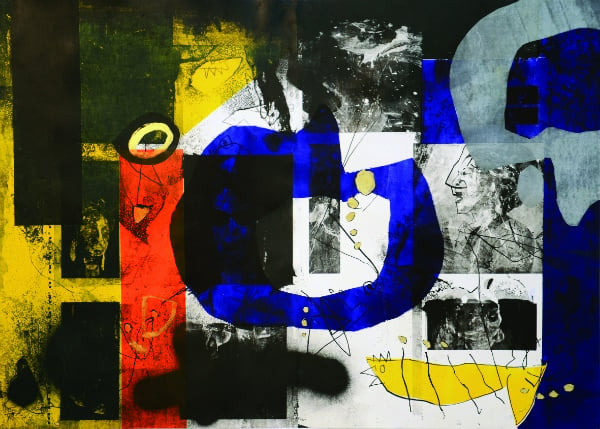
Jamal Abdul Rahim Untitled (2013). Courtesy BAAB
Subberwal was understandably keen to emphasize the scope of Art Bahrain—in which 17 countries participated, comprising 48 stands divided across an international and Bahraini pavilion—and its financial success which resulted in the equivalent of around £300,000 worth of sales.
Why Bahrain, what does Bahraini contemporary art have to offer on the world stage?
I started with Bahrain in 2009, coming from Dubai where I used to run two galleries. I had done events in the region, but there was something about Bahrain that was very fascinating. I think it is something to do with the fact that Bahrainis are inherently cultured, so culture is not something they picked up along the way. There is a difference between imbibed and inherent culture and it was that distinction that really fascinated me.
Was Art Bahrain primarily a commercial venture or was it interested in stimulating cultural activity more broadly?
All of us would like for things and projects to become self-sufficient, self-generating because the business of art is extremely important, but does it happen for the first five years? I don’t think so. You work towards it because you want your model to grow, you don’t want a model that becomes financially a big black hole, you definitely keep an eye on that, but for the first five years you’re investing in it.
How do you straddle BAAB’s two-way concerns to stimulate the local Bahraini arts scene but also to stimulate the Bahraini art market globally?
Art Bahrain was for me about bridging that gap. A lot of times when you mention artists from the gulf the response is always “Oh where are the artists from? Are they from Doha? Or Dubai?” Somehow Bahrain doesn’t crop up. Where as you’d be surprised that there’s a significantly well educated genre of artist there.
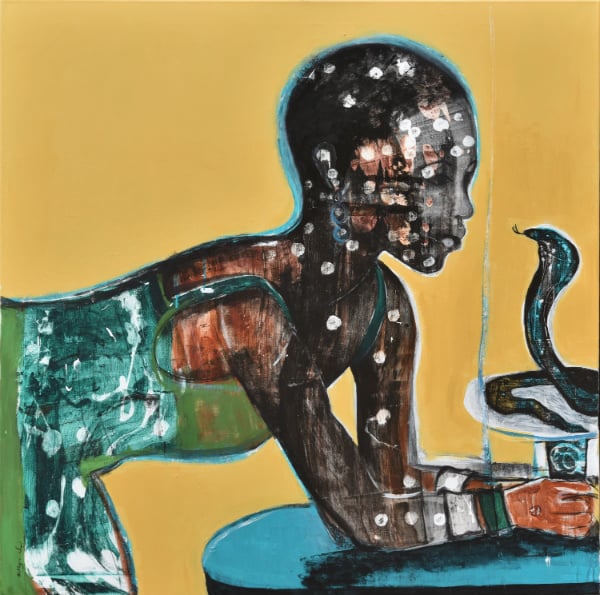
Nabeela Al Khayer, Dialogue (2014). Courtesy BAAB
Was there an open call for submissions for BAAB?
Yes. There’s a semi-government organization called Tamkeen who are all about proactivity and about encouraging Bahrainis to get into whatever businesses they want to get into, empowering them to become self sufficient. Tamkeen initiated their support of us during Art Bahrain and then they have been looking at strengthening, I wouldn’t say support but strengthening, the art sector. Because Tamkeen is open and balanced for all that was the method we used [in our open call]. I brought in two people to do the selection: Janet Rady, an expert in Middle Eastern Art based in London, and Dr Aissa Deebi who is based between New York and Geneva. They didn’t know each other before so they didn’t decide things in advance and I don’t think that Aissa has ever been to Bahrain!
How would you characterise the work in BAAB?
I wouldn’t classify it. Before seeing the works I would have assumed that because Bahrain is a small Kingdom and people retain their ethnic spirit there would be something like five calligraphers to choose from. But I was surprised to see that there was very cutting edge work. That to me is a strength because the artists cannot be classified, you can’t assume this work is from the region. That goes to their credit that these Bahraini artists, no matter what their age or experience, show there is a will to adapt and make connections across cultures. There is no block for them.
It’s one thing giving Bahraini artists an international stage but what kind of infrastructure is there in place in terms of art education to support these artists from the base?
In the past there have been programs that have been outsourced to encourage distance learning. With BAAB the program is not just about the opening reception or the commercial aspect; we are having a panel discussion of experts and we have a talk organized just for the artists at the gallery in London where Janet and Assia are going to give one-to-one advice to the artists. We are going to continuously bring in art professionals to come and speak so, yes, education is definitely in the pipe line. We want to provide a service of education because that’s the whole aim: to strengthen the sector and build diversity into it.
So it becomes a kind of practice-based development?
Exactly. It’s about the bigger picture, not about one exhibition. BAAB is an initiative that starts from the roots. This is just the beginning, I keep saying small steps. The reason that BAAB is an announcement is to show that these are serious artists. So whereas education is needed for aspiration, experience is needed for credibility and integrity. BAAB is about balancing both.
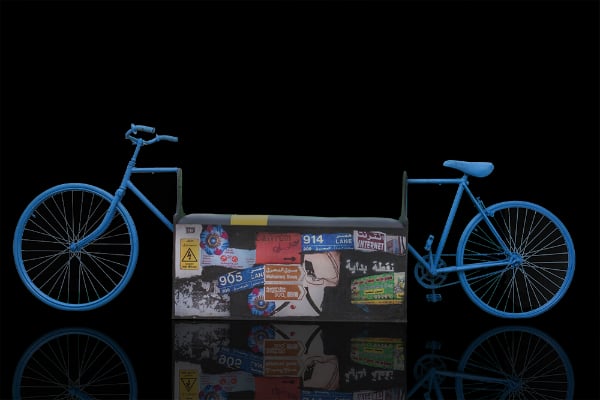
Noof Alrefaei, A Bicycle Bench . Courtesy BAAB.
Were you surprised that 12 out of the 17 selected artists were female, given Bahrain’s history of gender inequality?
Yes, I think that is a special element. Outside [of Bahrain] people hear so many things about the region, about how women are contained but here they are, right in front of you. And not only are they women but they are women of all ages from 28 to 60 plus, all making a very diverse selection of works. It speaks very well of [Bahrain’s] development that here we have educated, forward thinking women, who were selected by one woman and one man, so there was no bias either way. And yes, I was pleasantly surprised.
On what basis will you measure the success of BAAB?
BAAB is a work in progress. The strength of it will show in how many people come in [to the commercial space in Gallery 8]. That’s the first step, because it will lead to a bigger probability of people enquiring about the work, that’s the second step. Then finally, if you’re able to make a sale or two then that’s very good for the artist and it shows that you’re on the right track. That was the purpose of bringing BAAB to a commercial gallery to test the sturdiness of it.
But for me, if people gravitate towards the work because they connect to it, that’s enough. If the work strikes a cord and somebody finds themselves even just thinking about one of these works after the exhibition, that will be proof of BAAB’s strength. You never set up these things expecting big results the very next day. You’re looking at three years from now, when these artists can be visible at Biennales and at art fairs and international forums. When people say Bahrain, I’d like their reaction to be “Oh, they have some interesting artists.” That’s accomplishment.